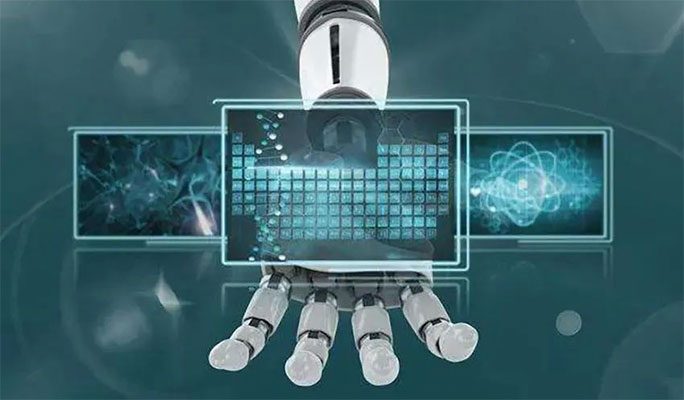
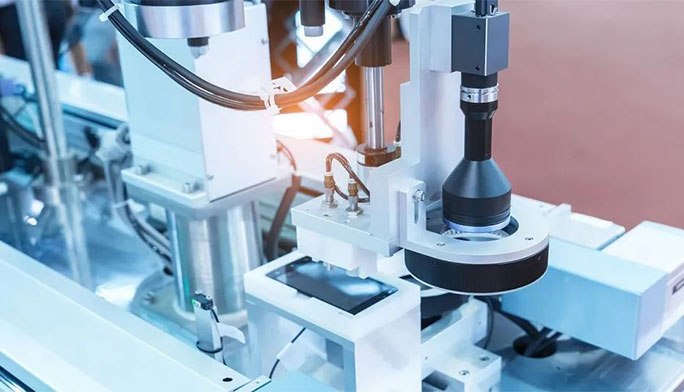
Introduction: With the upgrading and transformation of the intelligent manufacturing industry, as a necessity of people's lives, the intelligence of smartphones lies not only in the innovation of product functions and performance, but also in the intelligence of the production and manufacturing process.
——————/ BEGIN /——————
The production of smartphones is mainly divided into three stages: SMT, testing, and assembly, with a total of more than 80 processes. Each process requires testing, and the testing standards are different.
HANSWELL self-developed AIDI Suite deep learning defect detection system covers the entire intelligent smartphone manufacturing process with automated detection. The company can find the most cost-effective and efficient solution for enterprises, effectively promoting the transformation of smartphone manufacturing.
Mobile phones inevitably have some defects during production, such as:
· There are scratches, pressure marks, damages, edge burrs, etc. on the cover glass, and the product size tolerance is large;
· The surface of the mobile phone battery may have air leakage, solder joints, pressure damage, etc;
· PCB components have issues such as errors, leaks, reflections, and floats;
· Surface dirt, cracks, scratches, scratches, bubbles, etc. on metal components;
· There are foreign objects, contamination, scratches, white spots, and height differences on the camera module;
· During the installation of the finished product unit, there may be missing parts, incorrect parts, screws floating high, and so on.

These defects not only cause a series of rework and after-sales problems, but also affect consumers' perception of product use and have a certain impact on product reputation.
The AIDI Suite deep learning intelligent defect detection system has extremely high detection efficiency, accuracy, and strong stability. Combined with the "intelligent" characteristics of AI, it can quickly and accurately complete quality inspection in the production process of mobile phones to be inspected, and display specific information such as defect types and locations in real time.
The deep learning detection system effectively solves the problems of high labor cost, difficult detection, and unstable yield in the quality inspection process, greatly improving product quality and production capacity, ensuring product yield, and saving costs.
It has a wide range of application industries and has landing solutions in fields such as new energy, 3C, and semiconductor.
>>>>
AI quality inspection driven, solving pain points in traditional quality inspection models
Based on deep learning technology and in collaboration with industrial cloud, we provide customers with targeted DNN technology solutions. With advanced optical control systems combined with deep learning systems, we ensure that all defects can be accurately collected, achieve precise imaging of defect details, and increase defect detection rates, achieving a more efficient and cost-effective quality inspection process.
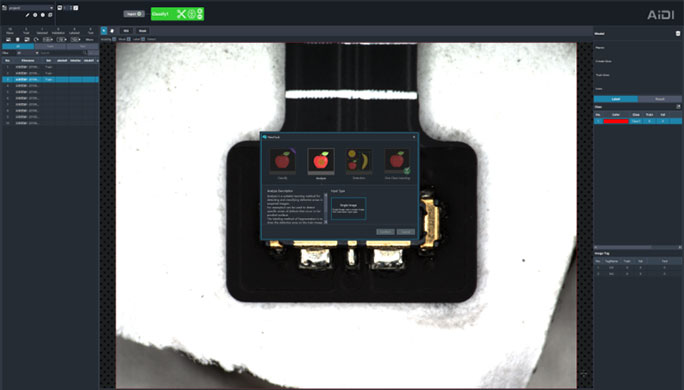
>>>>
Multi angle image collaborative detection to improve detection efficiency and accuracy
By shooting the same object from different angles and light source brightness, simulating multi angle detection of the human eye, collaborative defect detection and classification of multiple image streams can be achieved. In the selection process, selecting the image with the most obvious defect can distinguish between fake defects and real defects, ensuring consistency in product quality and achieving intelligent quality management.
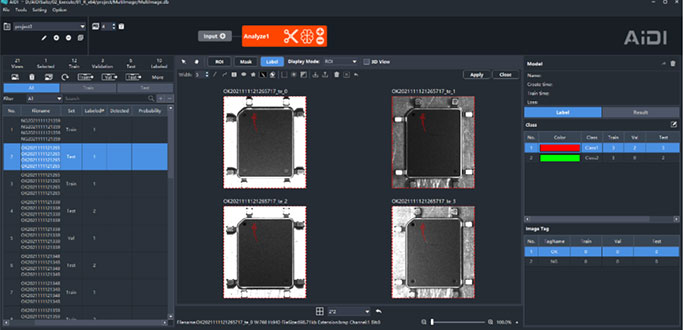
>>>>
Small sample learning and intelligent defect synthesis
Some processes are based on principles such as information confidentiality, with only a small number of samples. Deep learning systems can utilize a small number of sample images and use techniques such as cross domain transfer learning, knowledge distillation, and ensemble learning to achieve rapid learning and training of a small number of sample images.
It can also intelligently retrieve new defects, control defects before product shipment, and perform intelligent defect synthesis, effectively solving the problem of insufficient image data for some defects. After detection is completed, real-time detection reports are output.
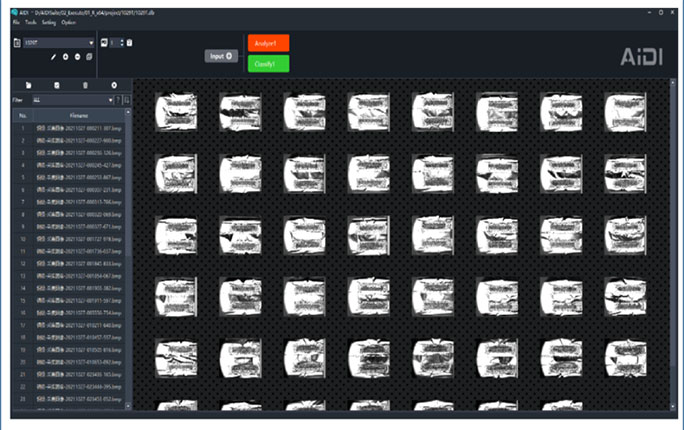
The company has a self-developed underlying algorithm platform that can achieve optimization effects from the lowest level algorithms according to the actual needs of the project, meeting the requirements of project speed and accuracy.
A machine vision system solution that integrates 2D/3D/AI in all aspects, achieving functions such as visual guidance, QR code recognition, character recognition, barcode recognition, product positioning, defect detection and classification, and multi image flow image coordination processing for workpieces.
The software system is easy to operate and can be mastered by ordinary employees after a single training session; Short deployment and launch cycle, able to complete debugging as soon as possible; At present, we have a delivery team of over 100 people and practical experience in deploying multiple projects, which can meet demanding project time requirements. To ensure product stability and reliability, we provide 7 * 24-hour after-sales service.
The intelligent manufacturing of industrial automation is a huge and complex system construction process. Based on the dual wheel drive of software and hardware technology, Huahan Weiye always insists on upgrading and iterating solutions, continuously improving product performance indicators, and upgrading system platform functions.
Huahan Weiye has been deeply involved in the field of machine vision for many years with a pragmatic attitude and innovative spirit. In the future, Huahan Weiye will continue to increase research and development investment, focus on talent cultivation, and further enhance overall strength. This is also one of the cornerstones for expanding application scenarios and empowering new industries.
